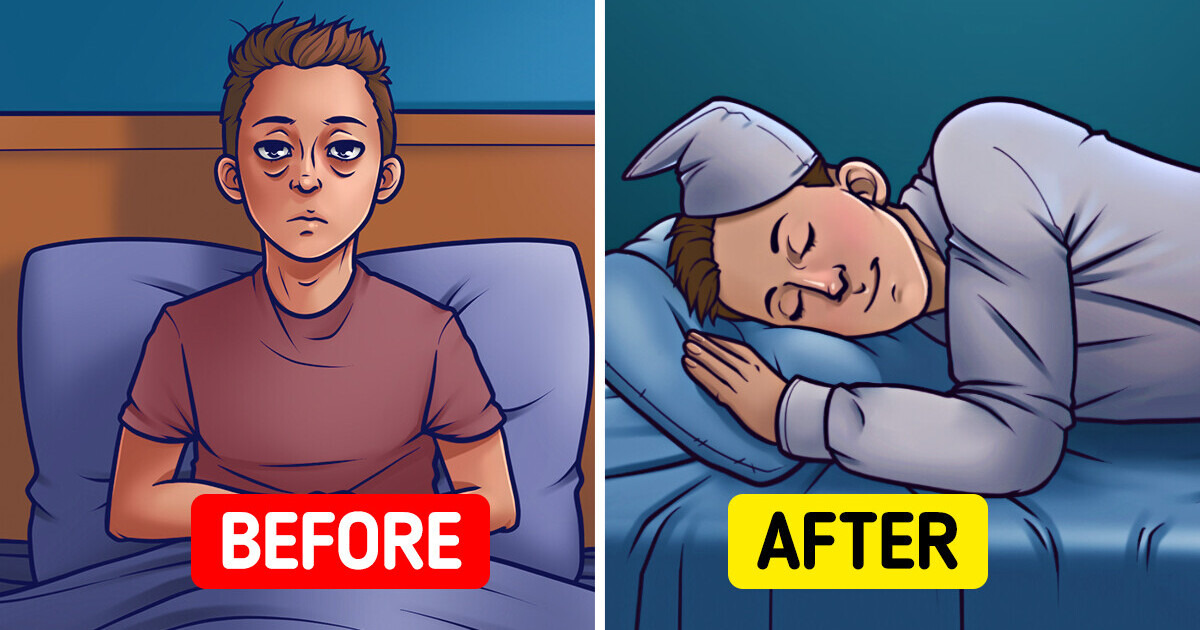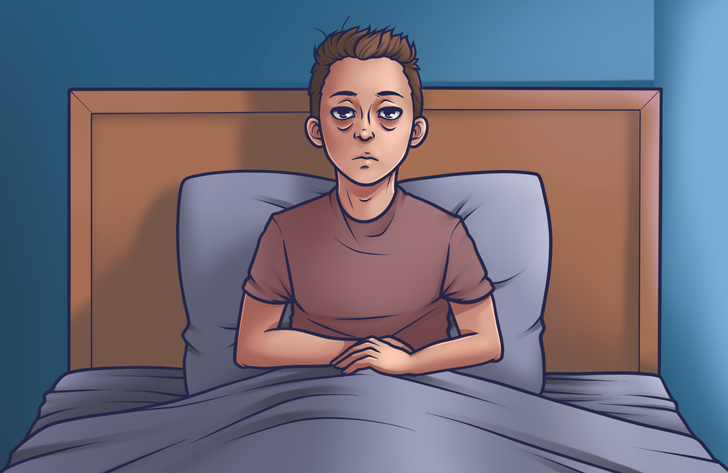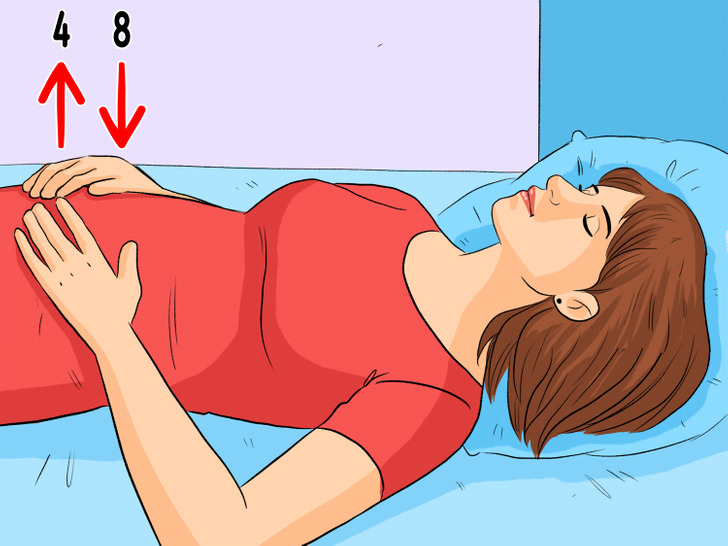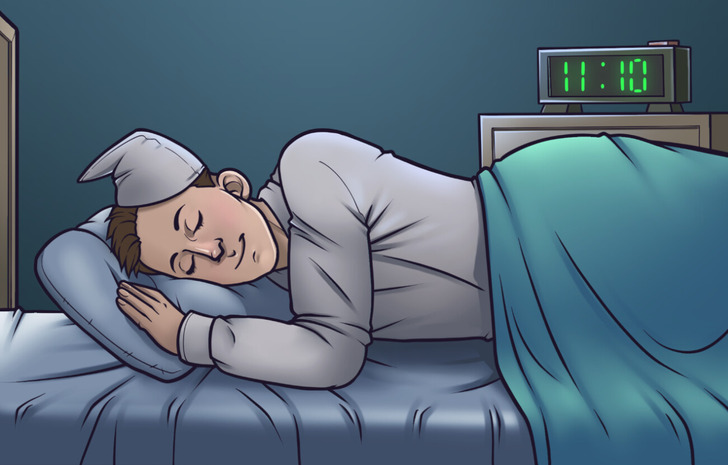15+ Stories That Prove the Family Group Chat Is Our Favorite Sitcom


There are struggles in people’s daily lives that one may find difficult to handle or manage. It can be feeling stressed when having a bad day, relaxing in an overwhelming scenario or task to do, or even falling asleep at night. But there is a method that you can use to help you deal with the said struggles. This article will delve into the breathing technique, also known as the relaxing breath.
CONTENT IS PROVIDED FOR INFORMATIONAL PURPOSES ONLY AND IS NOT INTENDED AS A SUBSTITUTE FOR MEDICAL ADVICE.
SEEK THE GUIDANCE OF YOUR DOCTOR REGARDING YOUR HEALTH AND MEDICAL CONDITIONS.

Inspired by well-known Pranayama exercises, the 4-7-8 breathing technique has helped many people improve their lives by encouraging relaxation for people who deal with stress, anxiety, and other issues. It is done by breathing in for 4 seconds, holding the breath for 7 seconds, and exhaling for 8 seconds.

This technique can be performed in any position; however, while learning the exercise, sit with your back straight. Throughout the entire exercise, press the tip of your tongue against the tissue ridge directly below your top front teeth. If it feels strange, try slightly pursing your lips as you exhale through your mouth around your tongue. Follow these steps:

The 4-7-8 breathing technique helps promote relaxation by influencing the nervous system that controls heart rate, digestion, and respiration. It works by counteracting stress and encouraging calmness. This is the science behind this technique.
Slow, deep breathing boosts the parasympathetic nervous system, which helps the body relax. Breathing at a rate of 6 breaths per minute has also been shown to improve the body’s ability to regulate blood pressure.
According to Healthline, these are some benefits of practicing 4-7-8 breathing:
Additionally, a 2015 study found that slow breathing helped insomnia sufferers by reducing vagal activity, making it easier to sleep. And it may help manage food cravings, according to this 2017 pilot study.

Additionally, diaphragmatic breathing (DB) has been shown to improve exercise capacity and respiratory function in patients with chronic obstructive pulmonary disease (COPD). It may also aid in reducing stress; treating eating disorders, chronic constipation, hypertension, migraine, and anxiety; and enhancing the quality of life for individuals with cancer and gastroesophageal reflux disease (GERD).
Moreover, DB can improve cardiorespiratory fitness in patients with heart failure. However, the overall effectiveness of DB in clinical practice remains uncertain due to the limited quality of existing studies.
If you want to start incorporating the 4-7-8 breathing technique in your routine, consider starting with four cycles of 4-7-8 breathing and gradually increasing it as you feel comfortable. Practicing daily enhances its benefits. Remember to do it at your own pace.
This technique may cause lightheadedness the first time, so always do it while sitting or lying down. If you have respiratory issues or other health concerns, consult a doctor before starting.
The effectiveness of this breathing technique can be inferred from the information provided above. Its benefits for sleep quality, managing stress and anxiety, and even health impacts like digestion were found to be helpful. You may start practicing it as a relaxation method; just keep in mind the cautions and considerations to be aware of.
Find out other tips for relaxation and mood improvement with this link.











